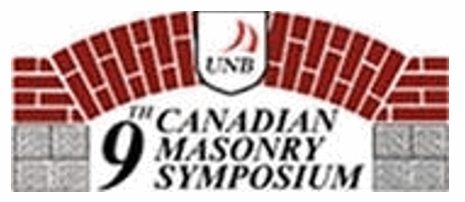H.O. Sugo1, A.W. Page2, S. J. Lawrence3
- Postgraduate student, Department of Civil, Surveying and Environmental Engineering, TheUniversity of Newcastle, University Drive, Callaghan NSW 2308, Australia, email <hsugo@mail.newcastle.edu.au>
- CBPI Professor in Structural Clay Brickwork, Dean, Faculty of Engineering, The University of Newcastle, University Drive, Callaghan NSW 2308, Australia, email <apage@mail.newcastle.edu.au>
- Conjoint Professor, Department of Civil, Surveying and Environmental Engineering, The University of Newcastle, University Drive, Callaghan NSW 2308, Australia, email <spl@bigpond.net.au>
ABSTRACT
Over the last five years a detailed study of mortar/unit bond has been carried out at the University of Newcastle. A technique was developed to assess the tensile bond strength and mortar microstructure of masonry samples. This involved performing direct tension tests on 25 mm diameter brick/joint cores taken vertically through brickwork couplets. The microstructure of the broken samples was then investigated using both optical and scanning electron microscopy with polished sections across the joint also being studied. Differences were observed in the transport of cementitious material to the interface and, in the morphology and density of the microconstituents. Using this information a postulate of the development of bond process has been compiled. This process is discussed in relation to the observed mortar/unit interactions.
Key words: brick/mortar bond, bond mechanism, bond strength, mortar microstructure, scanning electron microscopy.
MORJTS06



